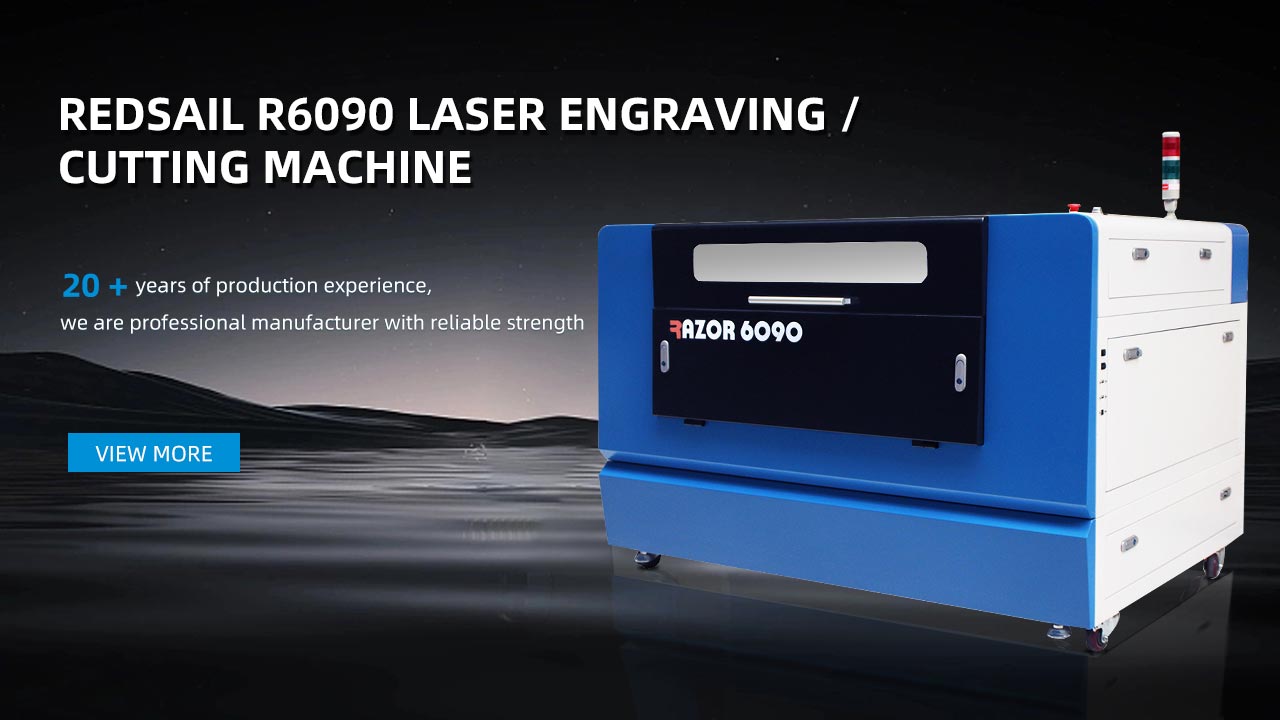Can Laser Cutters Revolutionize Woodworking?
Introduction
Laser cutters have become increasingly popular in various industries due to their precision, versatility, and speed. Traditionally, woodworking involved manual labor and skilled craftsmanship to create intricate designs. However, laser cutters provide a new level of efficiency and accuracy that could revolutionize the woodworking industry. In this article, we will explore how laser cutters can enhance woodworking capabilities, the benefits they offer, and potential concerns associated with their use.
Benefits of Laser Cutters in Woodworking
Precision and Accuracy
One of the most significant advantages of using laser cutters in woodworking is the precision and accuracy they offer. Laser cutting technology can cut through wood with incredible precision, resulting in clean lines and perfect symmetry. This level of accuracy allows woodworkers to create intricate and detailed designs that would be challenging to achieve manually.
Efficiency and Speed
Laser cutters are incredibly efficient and can significantly speed up the woodworking process. They can cut through wood materials at a rapid pace, reducing production time and increasing productivity. This efficiency allows woodworkers to take on more complex projects and deliver high-quality results with shorter turnaround times.
Versatility in Design
Laser cutters offer unmatched versatility in design possibilities for woodworking. With the ability to accurately cut intricate patterns, curves, and shapes, woodworkers can create unique and customized pieces. Additionally, laser cutters can etch and engrave designs onto wood surfaces, further expanding the creative options available.
Reduced Waste
Traditional woodworking often results in a significant amount of wasted material due to human error and inaccuracies. Laser cutters can minimize waste by precisely cutting only the required parts, eliminating errors and ensuring optimal use of materials. This reduction in waste not only benefits the environment but also reduces costs for woodworkers.
Concerns and Limitations
While laser cutters have numerous advantages, there are certain concerns and limitations to consider:
Cost
Investing in a laser cutter can be a substantial financial commitment. The initial cost of the machine and ongoing maintenance and repair expenses may not be feasible for all woodworking businesses or individuals. Careful consideration of the cost-benefit analysis is necessary before incorporating laser cutting technology.
Material Limitations
Although laser cutters can work with various materials, different types of wood may have specific requirements. Some woods may release toxic fumes or have a high resin content that can damage the laser cutter or compromise the quality of the cut. Understanding the compatibility between the laser cutter and chosen wood material is essential to ensuring optimal results.
Complexity in Operation
Operating a laser cutter requires technical knowledge and training. There is a learning curve associated with mastering the software and settings to achieve desired outcomes. This complexity may require additional resources and training for woodworkers unfamiliar with laser cutting technology.
FAQs
1. How much does a laser cutter cost?
The cost of a laser cutter can vary significantly depending on the brand, model, and capabilities. Entry-level desktop laser cutters can cost between $1,000 to $5,000, while industrial-grade machines can reach prices upwards of $50,000 or more.
2. Can laser cutters only work with wood?
No, laser cutters are versatile machines that can work with various materials, including acrylic, fabrics, leather, and metal. However, different materials may have specific requirements and considerations when using a laser cutter.
3. Are laser cutters safe to use?
When used correctly, laser cutters are generally safe to use. However, precautions must be taken to ensure the operator’s safety and protection from potential hazards, such as wearing appropriate protective gear and following proper operating procedures.
4. Can laser cutting replace traditional woodworking techniques?
Laser cutting technology can certainly enhance woodworking capabilities, but it is unlikely to replace traditional woodworking techniques entirely. Skilled craftsmanship and manual techniques will always have a place in woodworking, as they offer a unique touch and personalized approach that laser cutters cannot replicate.





